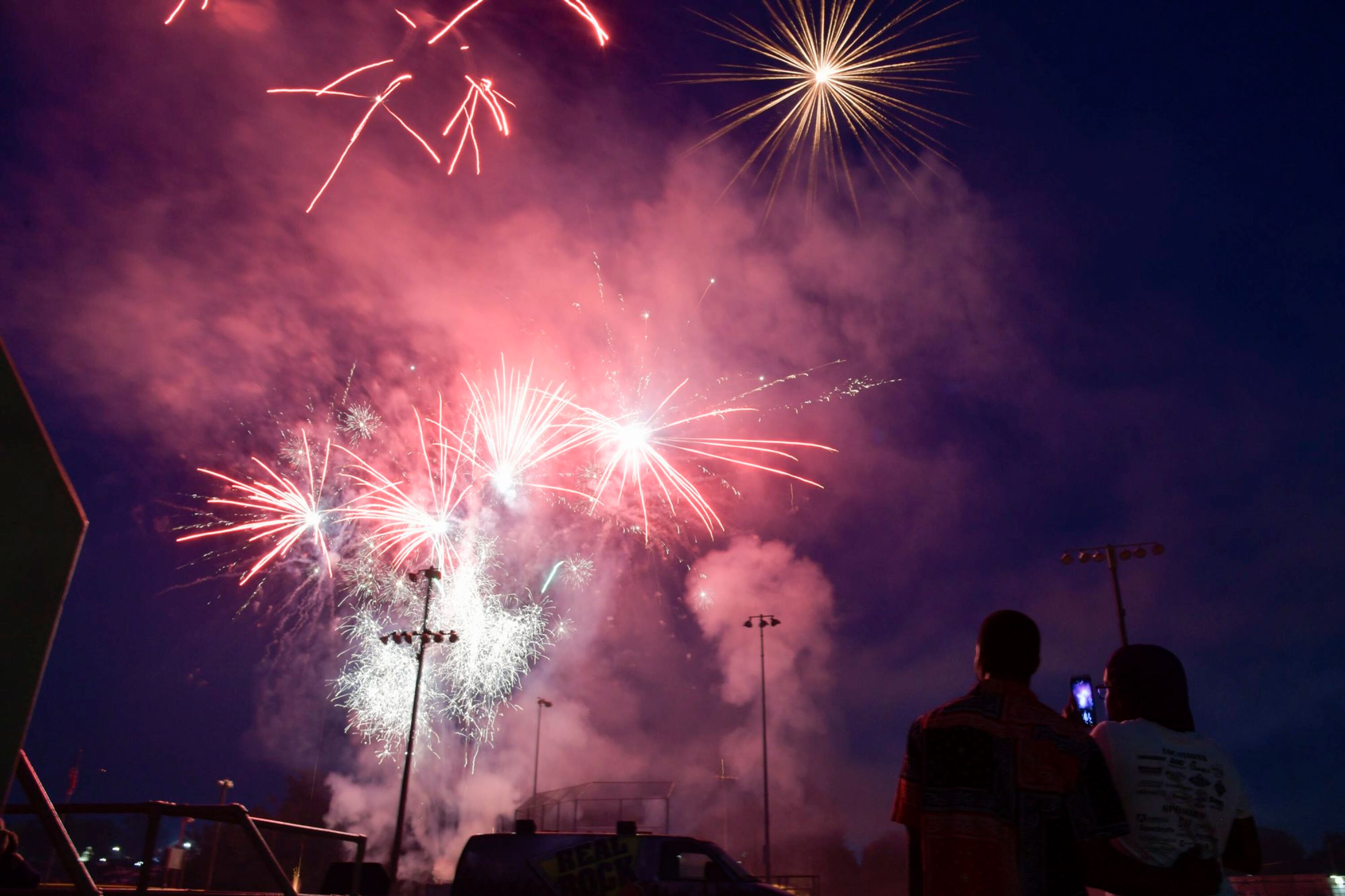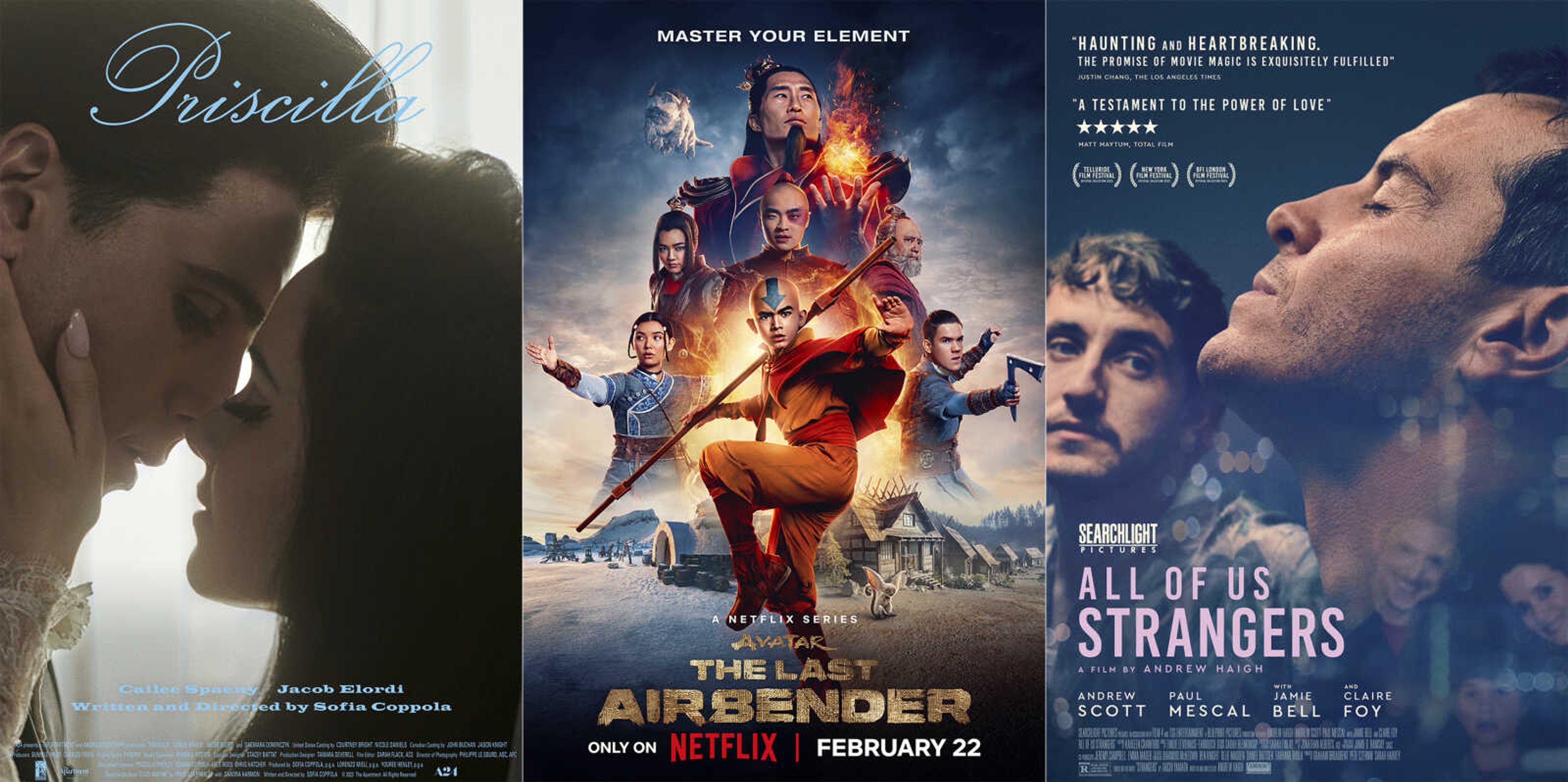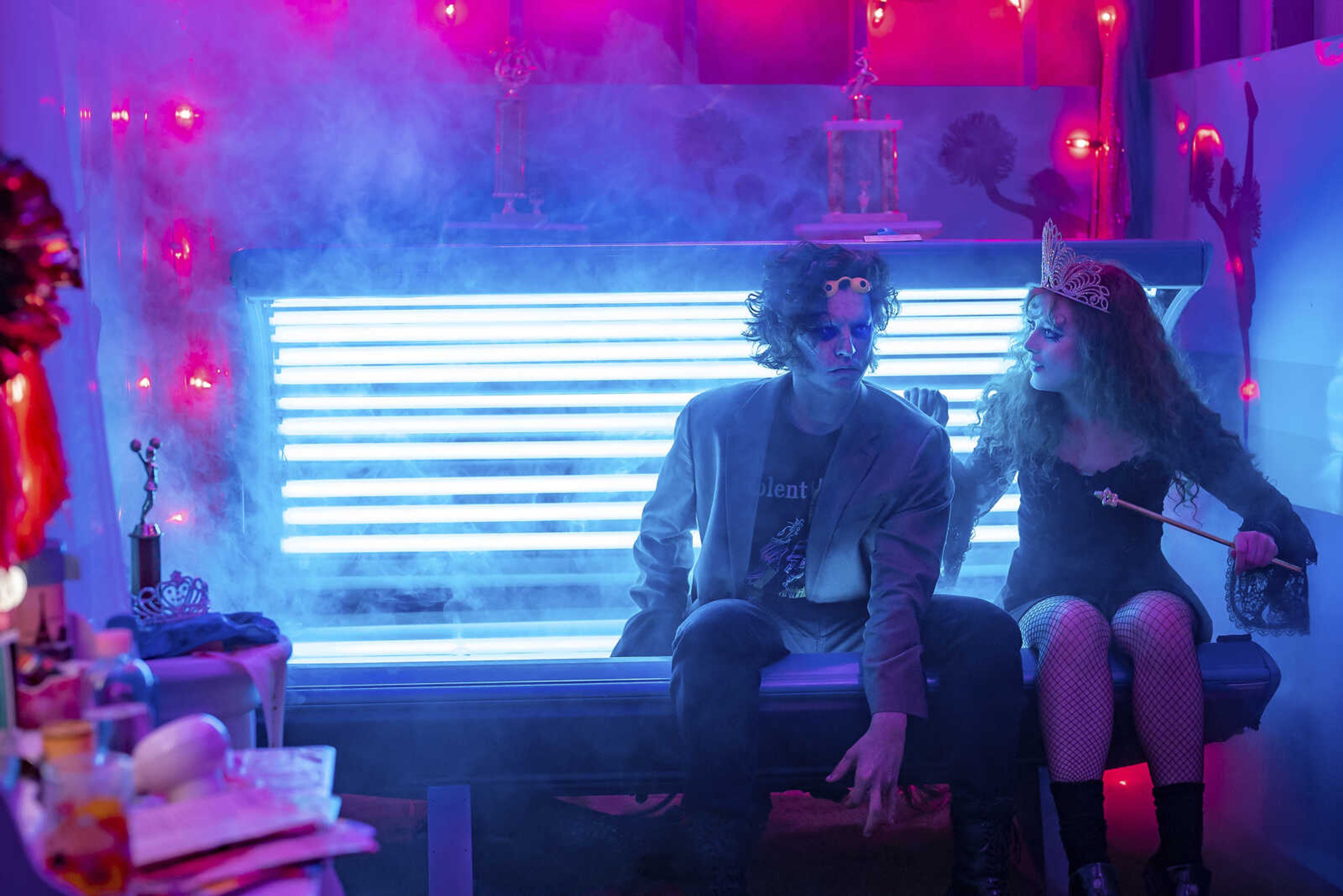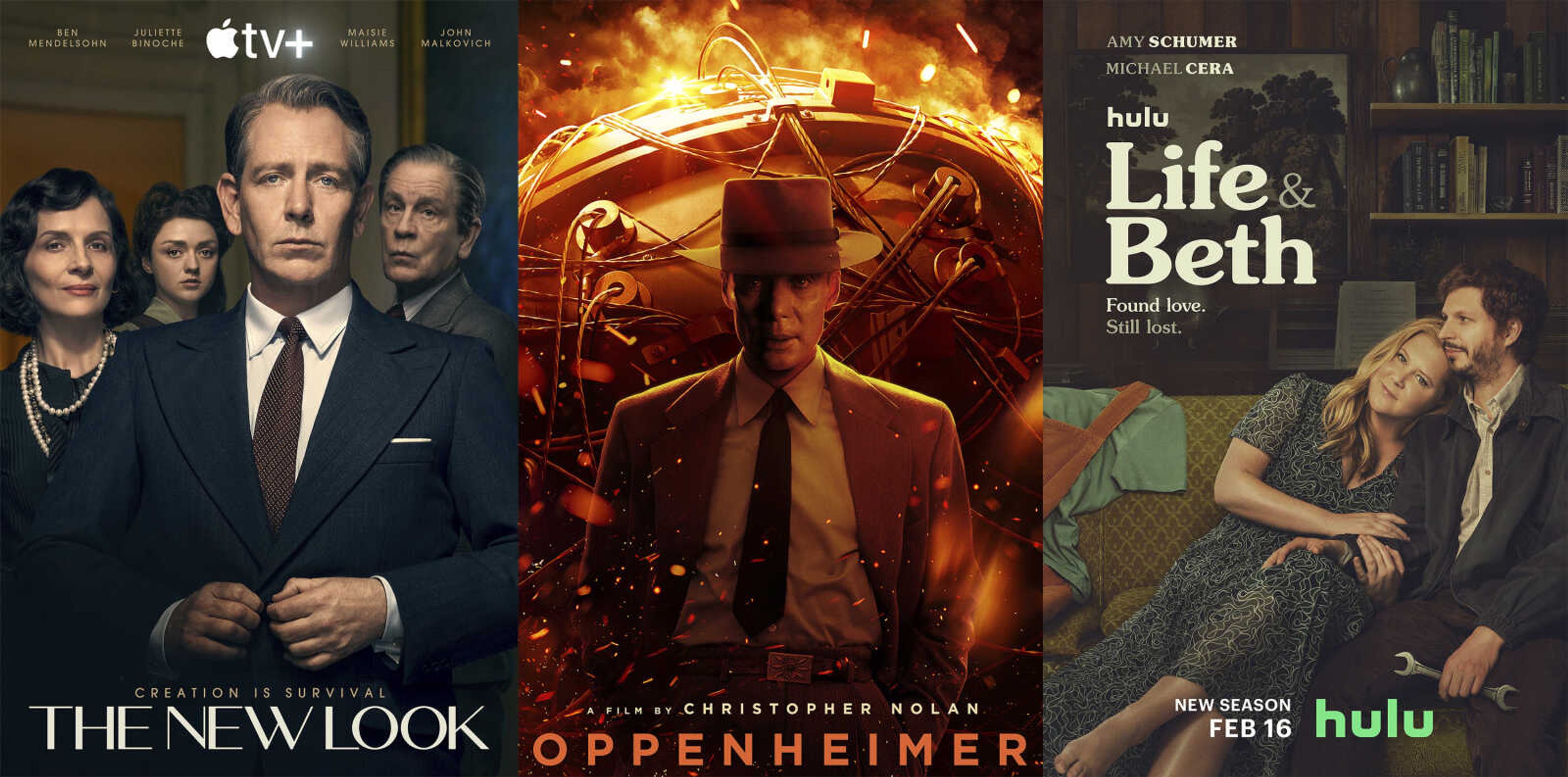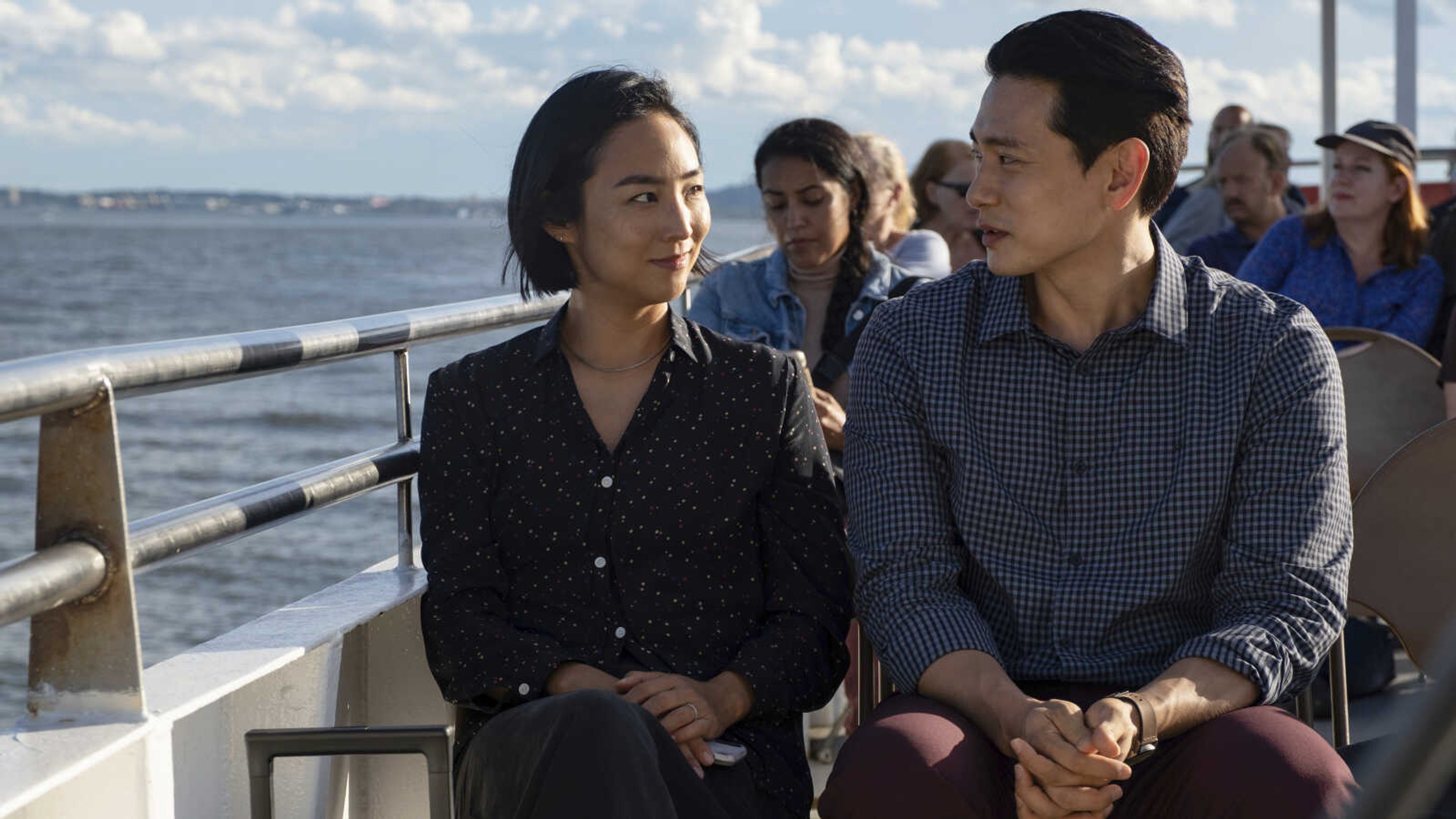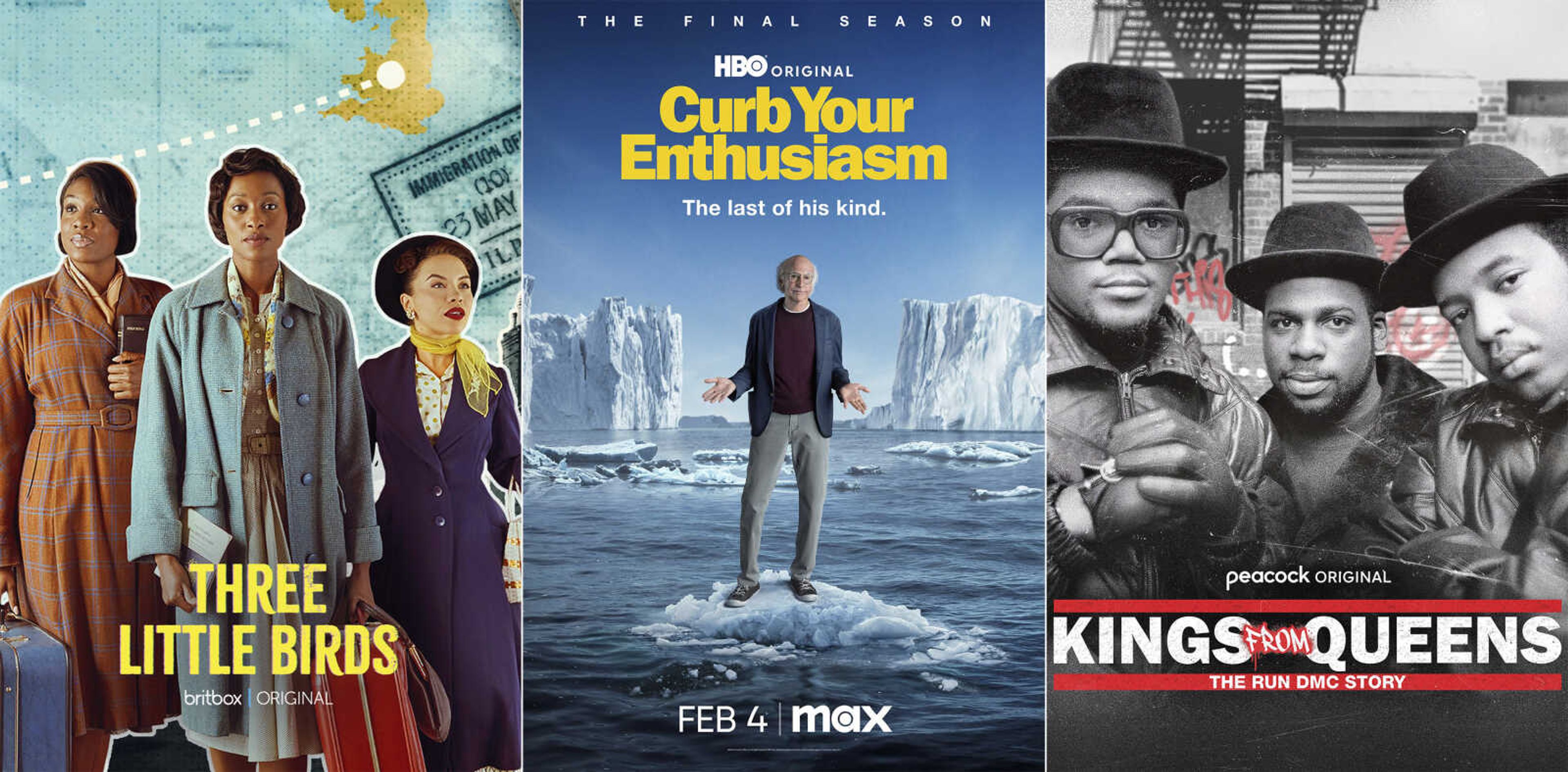The real Courtney Love
CORVALLIS, Ore. -- The world knows various Courtney Loves -- she is the famously mercurial rock star who growled into the microphone as the bandleader of "Hole," one-half of the couple who defined grunge, the starlet who delivered an award-winning turn in "The People vs. Larry Flynt," the tabloid regular who seems to be constantly in and out of trouble...
~ A daughter is lost, a mother is found in memoir by mother of Courtney Love.
CORVALLIS, Ore. -- The world knows various Courtney Loves -- she is the famously mercurial rock star who growled into the microphone as the bandleader of "Hole," one-half of the couple who defined grunge, the starlet who delivered an award-winning turn in "The People vs. Larry Flynt," the tabloid regular who seems to be constantly in and out of trouble.
But Linda Carroll knows Love as the baby daughter who saw angels in the clouds, the 7-year-old who started a letter-writing campaign to free a zoo-owned bear from his too-small cage, the sister who took her siblings by the hand and led them on a walk to a New Zealand hillside from which they could see the ocean.
Carroll knows, too, the Courtney who could turn unmanageable in a second, who wished for death when she was denied a Popsicle, who wandered into a neighbor's field at age 12 and cut her arms with sharp sticks until they bled, who declared emancipation from her family at 16 and was off like a shot to the world beyond.
All of those Courtneys are on full display in Carroll's new memoir, "Her Mother's Daughter," which begins with Carroll's childhood in San Francisco as the adopted daughter of a distant Catholic couple, and ends with her later-in-life search for her birth mother, who turned out to be novelist and children's author Paula Fox, well-known for the graceful precision of her prose.
In between, though, there is Courtney. Carroll has led an adventurous life, rich in friends, full of husbands (four) and fat with children -- she raised five in all. But the book's central struggle focuses on a searching young mother and her desperately difficult daughter.
"For the first time in my life, I had a blood relative," Carroll writes of the day her eldest daughter was born. "Even her smell felt familiar to me. I would pass some of myself on to Courtney, characteristics I would recognize as she grew. ... Courtney and I would be enough for each other. I just knew it."
Carroll, who has the same blond hair, water-blue eyes and wide smile as her famous daughter, lives quietly on a cul-de-sac in Corvallis, not far from Oregon State University, and works as a psychotherapist. Her cozily cluttered home is full of family pictures -- multi-generations, arms locked, often photographed in mid-laugh.
But for years, every so often, the phone would shatter the ordinariness of life in Corvallis and on the other end would be Love, or news of Love, Carroll said -- she was in rehab, or out again, had lost custody of her daughter or was fighting to regain it, was poised for a comeback or had made the worst-dressed list. Sometimes, too, came word that Love had lashed out against her mother on a national stage, telling journalists that she'd been forced to live in a chicken coop, or virtually abandoned at a young age.
Carroll's husband, veterinarian Tim Barraud, said it's been difficult watching his wife remain silent in the face of accusations; for him, "Her Mother's Daughter" was a chance to set the record straight. Other family members were more doubtful, mindful of the vulnerability of Carroll's story, not wanting to see her choices judged and found wanting.
But Carroll said the book, three years in the making, was for her an exercise in catharsis, prompted by her hope that she could help others not to repeat her own, acknowledged mistakes.
"I know the power of hearing other people's stories," she said. "Stories are healing. And a lot of people have challenging relationships with the people they love."
The memoir moves from San Francisco at the height of Haight-Ashbury, and Carroll's simmering, quickly failed married to Love's father, the drug-hazed one-time manager of an early incarnation of The Grateful Dead, to New Zealand where a remarried Carroll heads with her growing family to chase dreams of a communal lifestyle. Eventually, the story lands back in the United States, and Oregon, where Carroll alighted for good.
As Carroll tells it, Love was bright, charming and wise far beyond her years, but out-of-control, too. Young and unsure of herself, yet certain that something just wasn't right with her daughter, Carroll sent young Courtney to live with a series of friends and family, shuttled her out of different schools and tried various medications. There were brief moments of brightness, and many more of despair.
"I could have done better with her," Carroll says now. "But I don't know if it would have made a difference. We make our kids better or worse, but we don't make them who they are. I didn't create her brain chemistry."
Early buzz about the book has chewed on a few salacious moments: Courtney, at age 4, her parents now divorced, returning from a visit with her father and complaining about the "magic pills" he'd made her swallow. Or preteen Courtney, drunk on homemade apple wine at a family Christmas celebration, or in trouble for stealing pornographic magazines from a bookstore.
The selectively leaked excerpts triggered peremptory sniping in The New York Post from Love's manager, who termed it, "astonishing, and profoundly depressing, that any mother would write a book containing numerous allegations about her own young daughter. We strongly suggest that the book be viewed for what it is, a work of vicious and greedy fiction."
Carroll is tart in her reply, suggesting that Love's entourage "might want to read the book first." Backlash from her eldest daughter -- who was not given drafts to review, unlike Carroll's other children -- was probably inevitable, she said, adding that she's also girding herself for accusations that she's piggybacking on her daughter's high-profile. Love would not comment on the book, when asked by The Associated Press.
Kristine Puopolo, senior editor at publisher Doubleday, said the book was far more than what she called "the typical celebrity memoir."
"Both her agent and I did spend time early in the process reminding Linda that this was not a book about Courtney, but that it was about mothers and daughters and generations," Puopolo said. "From the beginning, I didn't see it as in a one-dimensional light -- I had a sense of the richness of the story."
Doubleday has ordered a first printing of 35,000 copies, and booked Carroll on a six-city tour, including stops in Washington, D.C., New York, San Francisco and Seattle.
Reviews so far have praised Carroll's pinpoint details of an often haphazard life, with Publishers' Weekly saying Carroll's "tender wit and poignant honesty will keep readers soldiering through this often-exhaustive history." Kirkus Reviews had kind words for Carroll's "surprisingly evocative account," but warned that, "perhaps as a result of its author's current career as a therapist, [the memoir] at times veers dangerously close to self-help territory."
And though Love's life is still playing out in the tabloids and can't be easily wrapped up in a bow, the memoir does come to a satisfying conclusion of sorts when Carroll tracks down her birth mother.
Today, Carroll cites Fox as first among the many writers who inspired and informed her writing, although she shied away from asking her for help editing her own manuscript.
"I think she is a master storyteller, but how could she edit all these parts about my adoptive mother, and my yearning for her?" she said.
Other influences she cites are Chilean novelist Isabel Allende and poets Emily Dickinson and Edna St. Vincent Millay. Her next project, Carroll hopes, will center on poetry -- a book that outlines, using poetry and photography, the seven stages of women's spiritual growth.
She doesn't know whether Love will ever read "Her Mother's Daughter," Carroll said, but she does hope that her granddaughter, Frances Bean Cobain, will do so someday.
"I believe [Courtney's] life has been hell, excruciatingly painful," Carroll said. "As her mother, she looked to me to make things better, and I couldn't. No one, including her mother, knew how to help her life be different."
Connect with the Southeast Missourian Newsroom:
For corrections to this story or other insights for the editor, click here. To submit a letter to the editor, click here. To learn about the Southeast Missourian’s AI Policy, click here.



